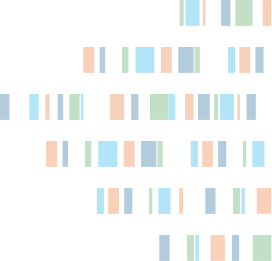The rapid rise of phenotypic and ecological diversity in independent lake-dwelling groups of cichlids is emblematic of the East African Great Lakes. In this study, we show that similar ecologically-based diversification has occurred in pike cichlids (Crenicichla) throughout the Uruguay River drainage of South America. We collected genomic data from nearly 500 ultraconserved element (UCEs) loci and >260,000 base pairs across 33 species, to obtain a phylogenetic hypothesis for the major species-groups and to evaluate the relationships and genetic structure among five closely-related, endemic, co-occurring species (the Uruguay River species flock; URSF). Additionally, we evaluated ecological divergence of the URSF based on body and lower pharyngeal jaw (LPJ) shape and gut contents. Across the genus, we recovered novel relationships among the species groups. We found strong support for the monophyly of the URSF; however, relationships among these species remain problematic, likely because of the rapid and recent evolution of this group. Clustered co-ancestry analysis recovered most species as well delimited genetic groups. The URSF species exhibit species-specific body and LPJ shapes associated with specialized trophic roles. Collectively, our results suggest that the URSF consists of incipient species that arose via ecological speciation associated with the exploration of novel trophic roles. This article is protected by copyright. All rights reserved.

Home » Phylogenomics of pike cichlids (Cichlidae: Crenicichla): the rapid evolution and trophic diversification of an incipient species flock
Publications
Phylogenomics of pike cichlids (Cichlidae: Crenicichla): the rapid evolution and trophic diversification of an incipient species flock
myBaits
Daicel Arbor Biosciences
5840 Interface Dr. Suite 101,
Ann Arbor, MI 48103
1.734.998.0751Ann Arbor, MI 48103
©2024 Biodiscovery LLC
(d/b/a Daicel Arbor Biosciences)
All Rights Reserved.
(d/b/a Daicel Arbor Biosciences)
All Rights Reserved.
Design and development by Raincastle Communications.
